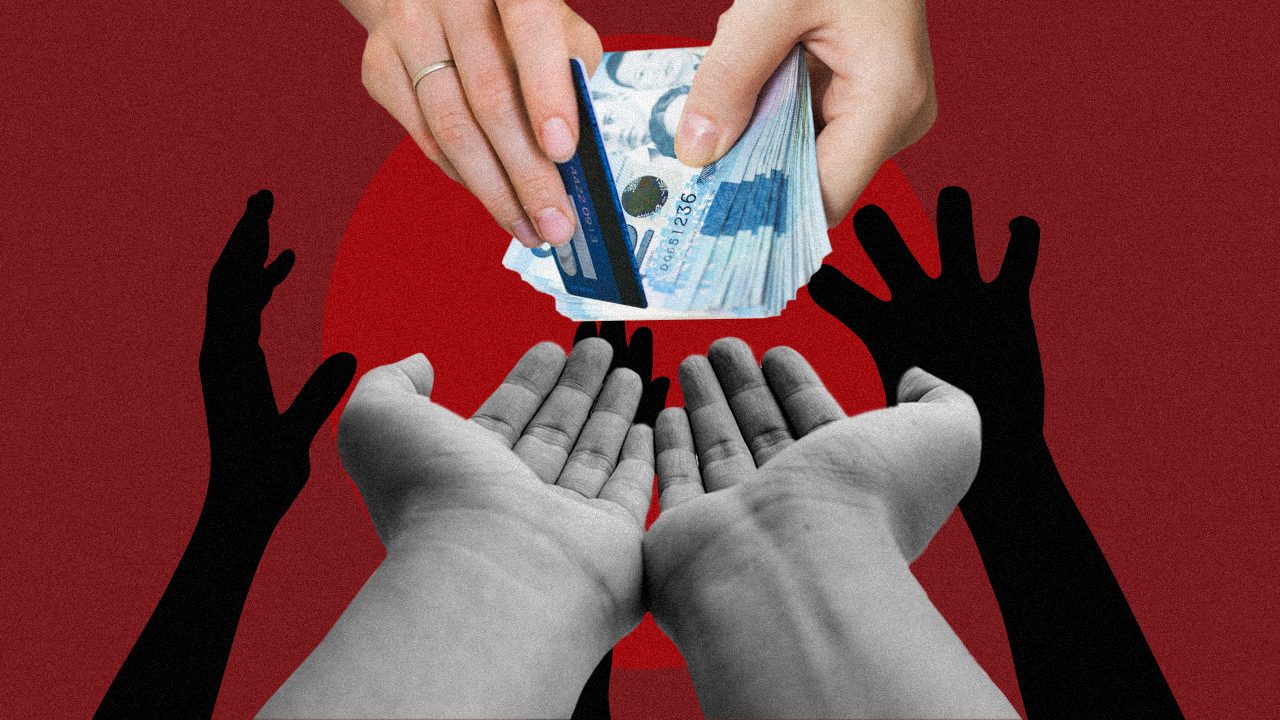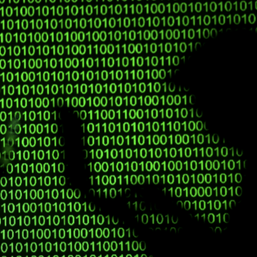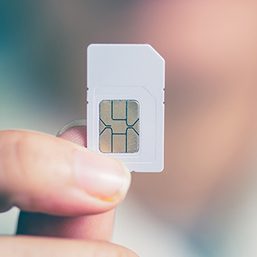SUMMARY
This is AI generated summarization, which may have errors. For context, always refer to the full article.

Since this pandemic began, individuals and organizations have been quick to respond to Filipinos in need. Their efforts vary: organizing donation drives, crowdfunding a set amount of donations, doing online biddings of items to raise funds, and even sharing stories to inspire others to lend a hand.
However, while the bayanihan spirit is commendable, some initiatives may not have the best intentions. Even in the middle of a health crisis, fake donation drives and efforts on social media prey on generous donors.
For instance, Facebook group #AyudaPangEskwela, an initiative linking student beneficiaries to potential donors who could help them cope with distance learning, reported more than 10 fake accounts of groups and pages pretending to be them.
This came after various media organizations reported about the success of the group. As of Thursday, September 10, #AyudaPangEskwela has been able to help more than 600 students, raising at least 3 million pesos for them.
MovePH, the civic engagement arm of Rappler, has also been aiding students in need by amplifying these students’ social media entries to the #PisoParaSaLaptop campaign. Many students have also turned to the MovePH Facebook group to promote their calls for one-peso donations, so they could finally purchase a gadget for their online classes.
MovePH then discovered fake and duplicate accounts calling for donations, copying real students’ stories to get funds. These fake accounts have since been blocked from the group. (READ: Online buy-and-sell 101: Ensuring a good deal)
Given such instances, it’s important to stay alert and keep an eye out for fraudulent accounts and efforts.
To ensure that people’s donations go to the right people and groups, MovePH follows a thorough verification process, especially when amplifying stories under the #PisoParaSaLaptop campaign.
Do you want to avoid being scammed by fake calls for donations? Here are some tips you can follow:
Check the source
A legitimate donation drive must have complete details about its initiative and its cause. It must have a clear objective, target communities for donation, and a specific kind of help it’s extending to its beneficiaries. The names of the group’s members or its founders must also be stated along with their credentials.
Make sure that the source of the call for donations comes from a reliable organization or group. If it is a group leading an effort, the organization must have an “About” page on its website or online accounts.
You can also try typing in a search engine the name of the initiative, group, or founder, and add words such as “review,” “complaints,” “scams,” “fake,” or “reports.”
If posts under these keywords come up with proof of wrongdoing, it’s wise to avoid this initiative and report them to authorities. (WATCH: How to check if a report is a hoax)
Check the initiative
You may also check if the organization has secured a permit from the Department of Social Welfare and Development authorizing them to conduct a fund campaign. Two of MovePH’s partners for the #PisoParaSaLaptop campaign, The Wagi Project and No Classmate Left Behind, have obtained the said permit.
Not all groups, however, are able to immediately register their initiative since they may be newly organized.
In cases like this, you may add an additional verification layer by checking details about the initiative. You can send a message to the group asking how their initiative started, who the people are behind the effort, what their purposes for the donations are, and who they want to help.
For individuals who are calling for support, make sure to verify information about them before donating, too.
If the call for donation is done on Facebook, make sure to check the account details, as well as the date when the account was created. Newly created accounts may possibly be fake or ghost users who have sprung up to scam donors. (READ: ‘I don’t feel safe, Facebook’: After discovery of ghost accounts, users demand better account protection)
You may also opt to donate to individuals who have been verified by a reliable group or organization.
Legitimate drives also show proof of the donations and provide updates on the progress of the initiative. This can be seen in posts detailing the money raised thus far, and photos showcasing where the donations are going.
You can also personally ask for documentation to assure yourself that the money is going to the intended beneficiary.
Beware of red flags
If there are any attempts from the initiative to force people to donate immediately, this is not a good sign.
Also, do not share your financial information with anyone claiming they are leading an initiative. Real donation efforts initiated by reputable organizations won’t ask for your bank account information or credit card numbers by phone or through email.
Send donations to bank accounts named after the organization. If the organization listed the bank account information of a representative member, make sure to verify that the account is really from the member and that the member is truly affiliated with the initiative. – Rappler.com
Add a comment
How does this make you feel?





There are no comments yet. Add your comment to start the conversation.